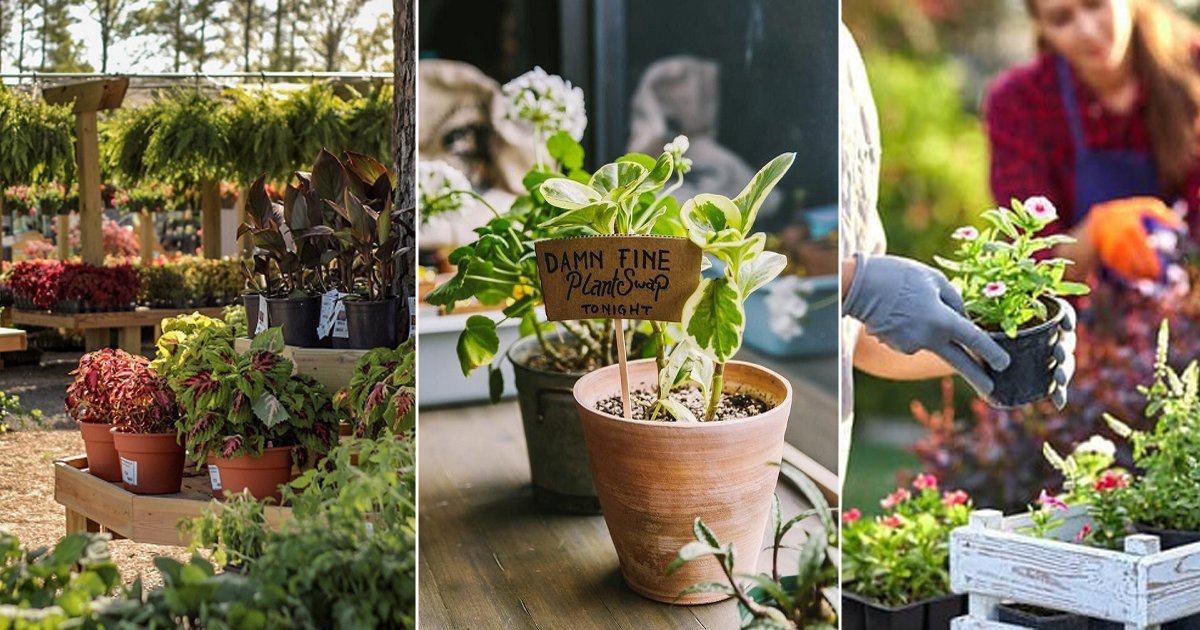


MAZORIA Barbeque Grill Set Review
September 4, 2023


Elevate Your Outdoor Space: The Art Of Selecting The Ideal Swing Chair
September 5, 2023Our article, titled “Green Thumb’s Guide: Nurturing Vibrant Gardens With Plants, Seeds & Bulbs,” is a comprehensive guide that will equip gardening enthusiasts with the knowledge and expertise to cultivate thriving gardens. This informative piece delves into the art of nurturing gardens, offering invaluable insights on selecting the right plants, seeds, and bulbs to create a vibrant and flourishing outdoor space. It provides practical advice and expert tips on how to care for these natural wonders, enabling readers to unlock the full potential of their green thumbs. Whether you are a novice gardener or a seasoned pro, this guide is a must-read for anyone looking to create their own piece of botanical paradise.
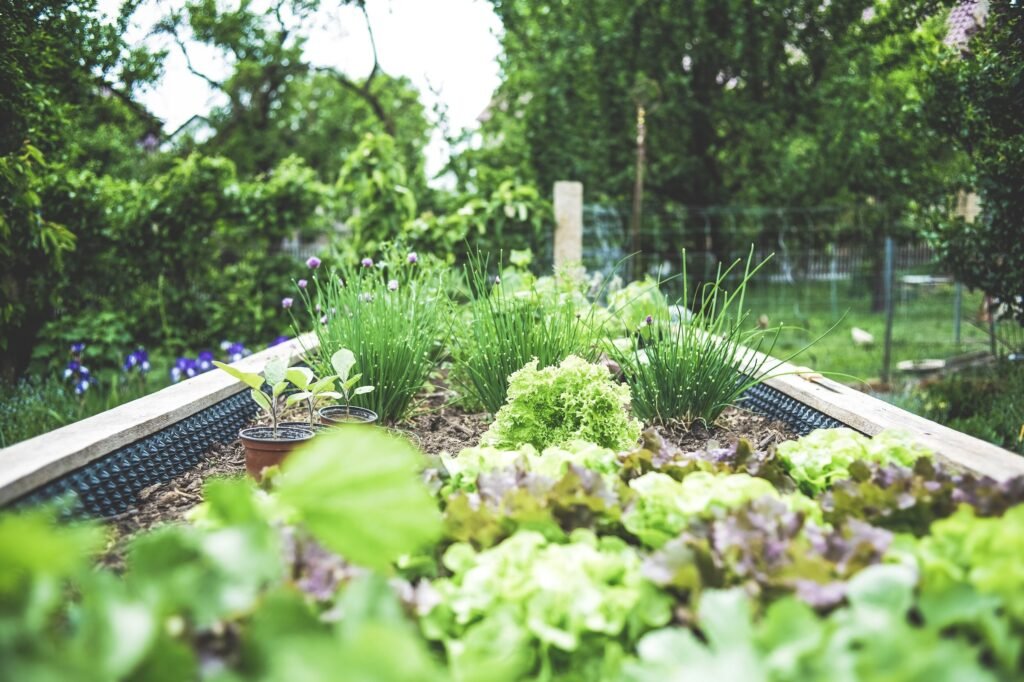

Preparing the Soil for Planting
When it comes to gardening, one of the most important steps is preparing the soil for planting. A healthy and fertile soil provides the necessary nutrients and support for plants to thrive. There are several key steps to follow in order to properly prepare the soil for planting.
Testing the Soil
Before planting anything, it is essential to test the soil to determine its nutrient content and pH levels. Soil testing can be done through various methods such as DIY soil testing kits or by sending a soil sample to a professional lab. Testing the soil will provide valuable information about the soil’s composition and any deficiencies or imbalances that may need to be addressed.
Amending the Soil
Once the soil has been tested and the results are obtained, it is time to amend the soil accordingly. This involves adding organic matter and nutrients to improve the soil’s structure and fertility. Organic matter such as compost, aged manure, or leaf mold can be mixed into the soil to increase its nutrient content and improve its ability to retain moisture. Additionally, adding specific nutrients based on the soil test results can help correct any deficiencies and create an optimal growing environment for plants.
Organic vs. Inorganic Fertilizers
Choosing the right fertilizer is an important decision when preparing the soil for planting. Organic fertilizers are derived from natural sources such as compost, manure, and bone meal. They release nutrients slowly and improve soil health over time. In contrast, inorganic or synthetic fertilizers are manufactured chemically and provide nutrients to plants more quickly. Both types of fertilizers have their advantages and disadvantages, and the choice ultimately depends on personal preferences and gardening practices.
Creating Raised Beds
Another option for preparing the soil is to create raised beds. Raised beds offer several benefits, such as improved drainage, better soil quality, and easier weed control. They can be built using various materials such as wood, concrete blocks, or metal frames. Creating raised beds allows for more control over the soil composition and can be particularly advantageous in areas with poor soil quality or limited space.
Choosing the Right Plants, Seeds, and Bulbs
Selecting the right plants, seeds, and bulbs is crucial for a successful and vibrant garden. Various factors need to be considered to ensure that the chosen plants are well-suited to the garden’s conditions and will thrive.
Considering Climate and Hardiness Zones
One of the first considerations when choosing plants is the climate and hardiness zone of the garden. Different plants have specific temperature, humidity, and sun exposure requirements. By knowing the hardiness zone of the garden, it becomes easier to select plants that will be able to withstand the local climate and thrive.
Selecting Plants for Sun or Shade
Another important factor to consider is the amount of sunlight that the garden receives. Some plants require full sun exposure to grow and flower properly, while others prefer shade or partial shade conditions. Assessing the garden’s sun exposure and selecting plants accordingly will ensure that they receive the appropriate amount of light for optimal growth.
Understanding Annuals, Perennials, and Biennials
Understanding the lifecycle of plants is essential in choosing the right ones for a garden. Annuals complete their life cycle in one season, typically flowering and producing seeds before dying. Perennials, on the other hand, live for multiple years and come back year after year. Biennials, as the name suggests, have a two-year lifecycle, with their first year focused on vegetative growth and their second year dedicated to flowering and seed production.
Choosing Quality Seeds and Bulbs
Whether starting from seeds or using bulbs, selecting high-quality planting material is vital. When purchasing seeds, look for reputable seed companies that offer a wide selection of seeds from reliable sources. It is important to choose seeds that are suited to the garden’s climate and growing conditions. Similarly, when buying bulbs, ensure they are firm, disease-free, and of good size. High-quality seeds and bulbs increase the chances of successful germination and vigorous plant growth.
Planting Techniques
Mastering proper planting techniques is essential for ensuring the successful establishment of plants in the garden. Whether starting from seeds, bulbs, or transplanting seedlings, each method requires specific steps for optimal growth.
Planting Techniques for Seeds
When planting seeds, it is crucial to follow the instructions on the seed packet regarding depth, spacing, and timing. Most seeds require proper soil preparation, including loosening the soil, removing debris, and creating a suitable seedbed. After planting, seeds should be covered with soil, lightly tamped down, and watered gently to ensure good soil-to-seed contact and provide the necessary moisture for germination.
Planting Techniques for Bulbs
Bulbs are typically planted in the fall for spring blooming or in the spring for summer or fall flowers. The planting depth for bulbs varies depending on the specific type, but as a general rule, bulbs are planted two to three times their own height deep. The pointed end of the bulb should face up, while the root end faces downward. After planting, bulbs should be watered thoroughly to encourage root development and establish a good connection with the soil.
Transplanting Seedlings
Transplanting seedlings involves careful handling to avoid damaging the delicate roots and leaves. Before transplanting, it is important to harden off the seedlings by gradually exposing them to outdoor conditions over a period of time. When transplanting, dig a hole slightly larger than the size of the seedling’s root ball, gently place the seedling into the hole, and firm the soil around it. Water the seedling immediately to help it settle into its new location.
Caring for Newly Planted Plants
Once plants are in the ground, proper care is crucial to ensure their successful establishment and healthy growth. Newly planted plants should be watered regularly to keep the soil evenly moist, especially during dry periods. Mulching around the base of the plants can help retain moisture and suppress weeds. It is also important to monitor plants for signs of stress or pests and to provide any necessary support or protection.
Watering and Irrigation
Proper watering and irrigation practices are essential for maintaining healthy plants. Understanding water needs, effective watering techniques, and the use of irrigation systems can help ensure that plants receive the right amount of water at the right time.
Determining Water Needs
Watering needs vary depending on factors such as plant type, soil type, weather conditions, and stage of growth. Some plants require more water than others, and different soil types retain moisture differently. It is important to observe plants regularly and check the moisture level of the soil to determine when and how much to water. Generally, plants should be watered deeply and infrequently rather than with frequent shallow watering.
Effective Watering Techniques
When watering plants, it is best to water directly at the base of the plant rather than overhead. This helps to prevent foliage diseases and ensures that the water reaches the roots where it is needed. Watering in the morning or late afternoon is preferable to reduce evaporation and allow leaves to dry before evening. Using a watering can, hose with a nozzle, or drip irrigation system can provide efficient and precise watering.
Proper Irrigation Systems
For gardens with a larger number of plants, installing an irrigation system can provide efficient and consistent watering. Drip irrigation is a popular choice as it delivers water directly to the plant’s root zone, minimizing water loss through evaporation. Other options include sprinkler systems or soaker hoses. The choice of irrigation system will depend on the garden’s size, layout, and individual watering needs.
Water Conservation Practices
Conserving water is not only environmentally responsible but also cost-effective. Several water conservation practices can be implemented in the garden. These include mulching the soil to reduce evaporation and weed growth, collecting rainwater for irrigation, and using water-efficient irrigation systems. It is also important to avoid overwatering and to adjust watering practices based on weather conditions to minimize water wastage.
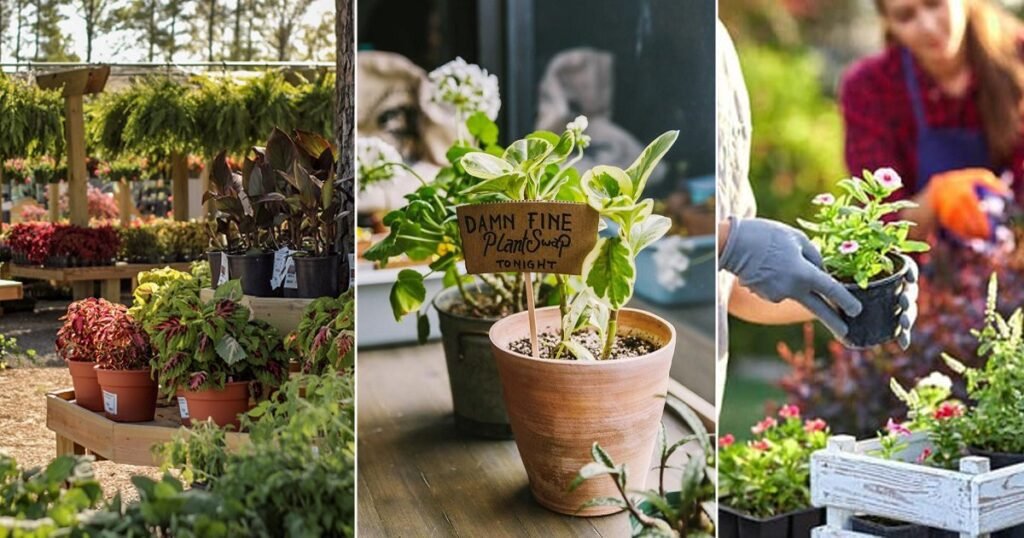

Pruning and Trimming
Pruning and trimming are essential garden maintenance practices that help promote plant health, improve appearance, and control plant size. Understanding the importance of pruning and using the appropriate techniques for different plants is crucial for successful garden management.
Understanding the Importance of Pruning
Pruning is the process of selectively removing certain parts of a plant such as branches, buds, or roots. Pruning serves several purposes, including shaping plants for aesthetic appeal, removing dead or diseased parts, improving airflow and sunlight penetration, and encouraging healthy growth. Proper pruning techniques can prevent the spread of diseases and pests, enhance flowering or fruiting, and maintain the overall health and vigor of plants.
Pruning Techniques for Different Plants
Different plants have different pruning requirements, and it is important to understand the specific needs of each plant. Some plants, such as roses and fruit trees, benefit from regular and more extensive pruning to remove dead wood, shape the plant, and encourage new growth. Other plants may only require light pruning to remove spent flowers or maintain a compact form. Understanding the growth habits and specific pruning techniques for different plants is essential for achieving the desired results.
Trimming Techniques for Shaping and Maintenance
Trimming is often used interchangeably with pruning but typically refers to the act of shaping plants to maintain their form and appearance. Trimming may involve cutting back branches or foliage to maintain a desired size or shape, create hedges, or control the plant’s growth habit. Regular trimming can help maintain a neat and tidy garden and prevent plants from becoming overgrown or unruly.
Pruning Tools and Equipment
To carry out pruning and trimming effectively, the right tools are essential. Some commonly used pruning tools include hand pruners, loppers, pruning saws, and hedge shears. Hand pruners are suitable for small branches, while loppers are used for larger branches. Pruning saws are necessary for thicker branches, and hedge shears are useful for shaping hedges or trimming foliage. It is important to keep pruning tools clean and sharp to ensure clean cuts and minimize damage to plants.
Managing Pests and Diseases
Pest and disease management is a critical aspect of gardening. Identifying common garden pests, employing natural and organic pest control methods, and implementing preventive measures can help maintain plant health and prevent the spread of pests and diseases.
Identifying Common Garden Pests
Garden pests come in various forms, such as insects, rodents, and mollusks. Some common garden pests include aphids, slugs, snails, caterpillars, and rodents like mice or voles. Identifying garden pests early is crucial for prompt intervention and preventing damage to plants. It is essential to regularly inspect plants for signs of chewing, wilting, discoloration, or visible pests.
Natural and Organic Pest Control Methods
Many gardeners prefer to use natural and organic pest control methods to minimize the use of synthetic pesticides. Several approaches can be employed to control pests naturally, such as handpicking or trapping insects, introducing beneficial insects or birds that feed on pests, using companion planting to repel pests, or applying natural pest repellents like neem oil or garlic spray. These methods help maintain a balance in the garden ecosystem and reduce the risk of harm to beneficial insects or the environment.
Managing Common Garden Diseases
Garden diseases can be caused by fungi, bacteria, viruses, or environmental factors such as poor soil drainage or inadequate air circulation. Some common garden diseases include powdery mildew, fungal leaf spot, or bacterial blight. Proper plant hygiene, such as removing and disposing of diseased plant material, can help prevent the spread of diseases. Using disease-resistant plant varieties and providing optimal growing conditions can also reduce the risk of plant diseases.
Preventive Measures for Pest and Disease Control
Prevention is always better than cure when it comes to pests and diseases. Implementing preventive measures can help reduce the chances of pest or disease outbreaks. These measures may include maintaining proper plant spacing to promote good airflow, practicing crop rotation to reduce the buildup of pests or diseases in the soil, regularly inspecting plants for early signs of trouble, and providing optimal growing conditions to promote plant health and vigor.
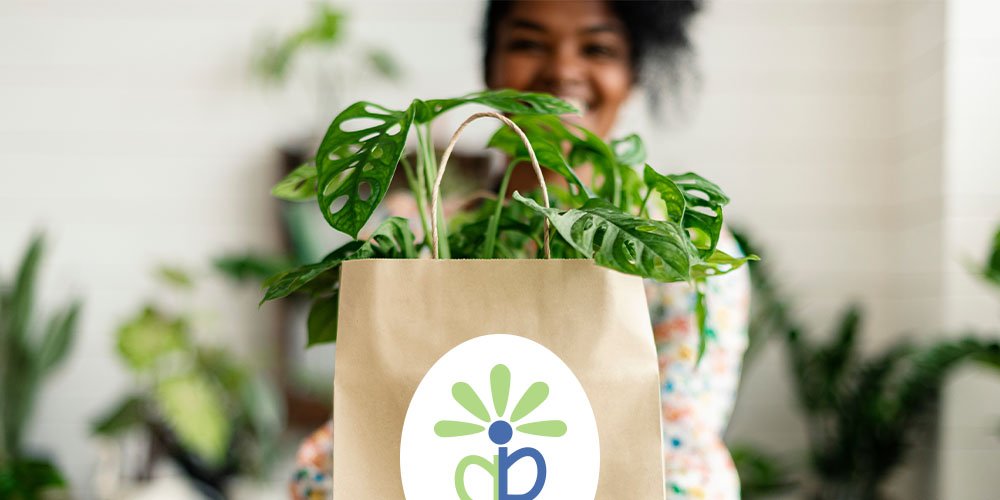

Providing Adequate Sunlight
Sunlight is one of the essential factors for plant growth and development. Understanding the sunlight requirements of different plants, creating shade for sun-sensitive plants, maximizing sun exposure for sun-loving plants, and using reflective surfaces can all contribute to providing adequate sunlight in the garden.
Determining Sunlight Requirements
Before selecting plants for the garden, it is important to understand their specific sunlight requirements. Some plants thrive in full sun, which means they need at least six hours of direct sunlight each day. Others prefer partial shade, receiving about three to six hours of direct sunlight, while some plants thrive in full shade and require minimal direct sunlight. Considering the garden’s sun exposure and matching the plants’ requirements will help ensure optimal growth.
Creating Shade for Sun-Sensitive Plants
In gardens with intense sun exposure, it may be necessary to create shade to protect sun-sensitive plants. This can be achieved using various methods, such as installing shade cloths, building trellises or pergolas with climbing plants, or strategically placing taller plants or structures to provide shade. Providing shade during the hottest part of the day or during heatwaves can help prevent sunburn and maintain the health of plants that are not adapted to full sun conditions.
Maximizing Sun Exposure for Sun-Loving Plants
For plants that require full sun, maximizing their exposure to sunlight is crucial for healthy growth and optimum flowering or fruiting. This can be achieved by ensuring that they are placed in an area with uninterrupted direct sunlight for the required number of hours each day. Trimming or removing surrounding vegetation, such as trees or large shrubs, that may shade the sun-loving plants can help maximize their access to sunlight.
Using Reflective Surfaces to Enhance Sunlight
Utilizing reflective surfaces in the garden can help enhance sunlight exposure for plants. Reflective surfaces, such as white or light-colored walls, fences, or mulch, bounce sunlight back onto the plants, increasing the amount of light they receive. This can be particularly useful in gardens with limited sun exposure or areas with tall surrounding structures that may cast shadows. Using reflective surfaces strategically can help optimize light distribution within the garden.
Mulching and Weed Control
Mulching and weed control are essential practices for maintaining a healthy and weed-free garden. Mulching offers numerous benefits, including weed suppression, moisture retention, temperature regulation, and soil enrichment.
Benefits of Mulching
Mulching provides several benefits to the garden and plants. One of the primary advantages is weed suppression. A layer of mulch reduces weed growth by blocking sunlight, preventing weed seeds from germinating, and smothering existing weeds. Mulching also helps conserve moisture by reducing evaporation from the soil surface, thus reducing the need for frequent watering. Additionally, mulch acts as an insulating layer, protecting plant roots from extreme temperatures and fluctuations.
Choosing the Right Mulch
Choosing the right mulch depends on various factors, including the desired aesthetic, availability, and specific garden requirements. Organic mulches, such as shredded bark, wood chips, straw, or compost, break down over time and contribute organic matter to the soil, improving its structure and fertility. Inorganic mulches, such as gravel or landscape fabric, do not decompose but provide longer-lasting weed suppression. Considerations such as cost, appearance, and the intended use of the mulch should be taken into account when selecting the most suitable option.
Proper Mulching Techniques
To effectively mulch the garden, proper techniques should be followed. It is important to prepare the soil by removing any existing weeds or debris and applying a layer of compost or fertilizer to enrich the soil. The mulch should be spread evenly around the plants, leaving a small gap around the plant stems to prevent moisture buildup and potential rot. The recommended depth of mulch varies depending on the material but is typically around 2-4 inches. Mulch should be periodically refreshed or topped up to maintain its effectiveness.
Effective Weed Control Methods
Mulching is an effective method for weed control, but additional measures may be necessary for persistent or aggressive weeds. Hand weeding involves physically removing weeds from the garden by pulling them out at their base, ensuring the entire root system is removed. Regular monitoring and prompt removal of weeds before they have a chance to set seeds is crucial to prevent their spread. Herbicides can be used as a last resort, but their use should be approached cautiously and in accordance with the specific product instructions.
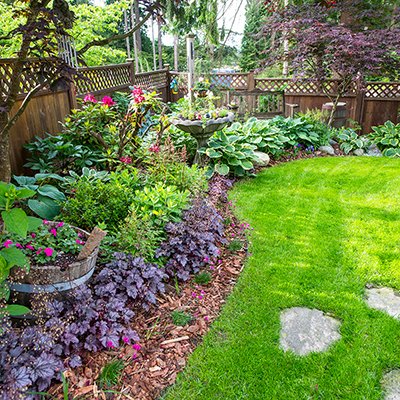

Fertilizing and Feeding Plants
Proper fertilization is vital for providing plants with the necessary nutrients for growth, flowering, and fruiting. Understanding nutrient needs, the difference between organic and synthetic fertilizers, and the timing and techniques of feeding plants can help ensure their health and vitality.
Understanding Nutrient Needs
Plants require various nutrients for healthy growth, including macronutrients such as nitrogen, phosphorus, and potassium, as well as micronutrients like iron, magnesium, and zinc. The specific nutrient requirements vary depending on the plant species, growth stage, and growing conditions. Understanding the nutrient needs of plants and providing the appropriate fertilization will help meet their nutritional requirements and promote optimal growth.
Organic and Synthetic Fertilizers
Fertilizers can be classified into two main categories: organic and synthetic. Organic fertilizers are derived from natural sources such as compost, manure, bone meal, or fish emulsion. They release nutrients slowly and improve soil structure and fertility in the long term. Synthetic or inorganic fertilizers are chemically manufactured and provide an immediate supply of nutrients to plants. They can be tailored to specific nutrient requirements and are readily available for plant uptake.
Feeding Techniques for Different Plants
Different plants may have specific feeding requirements based on their growth habits and nutrient preferences. Some plants benefit from a slow-release fertilizer applied at the beginning of the growing season, while others may require regular applications throughout the growing period. Understanding the feeding needs of different plants, whether they are heavy feeders or low-maintenance plants, will help provide the necessary nutrients for their optimal growth and development.
Timing and Frequency of Feeding
Timing and frequency of fertilizer applications are important for plant health and to avoid overfertilization or nutrient imbalances. Generally, it is recommended to fertilize plants in the spring when they are actively growing and then again in late summer or early fall to support root development and winter hardiness. The specific timing and frequency may vary depending on the plant type, growth stage, and nutrient requirements. It is crucial to follow the fertilizer manufacturer’s instructions and adjust feeding practices based on plant response and individual garden conditions.
Conclusion
Nurturing a vibrant garden with plants, seeds, and bulbs requires careful planning and attention to various aspects of gardening. From preparing the soil and choosing the right plants to implementing proper planting techniques, water management, pruning, and pest control, each step plays a vital role in the success of a garden. By following the guidelines outlined in this comprehensive guide, gardeners can develop their green thumbs and create beautiful, thriving gardens that bring joy and beauty to outdoor spaces.

